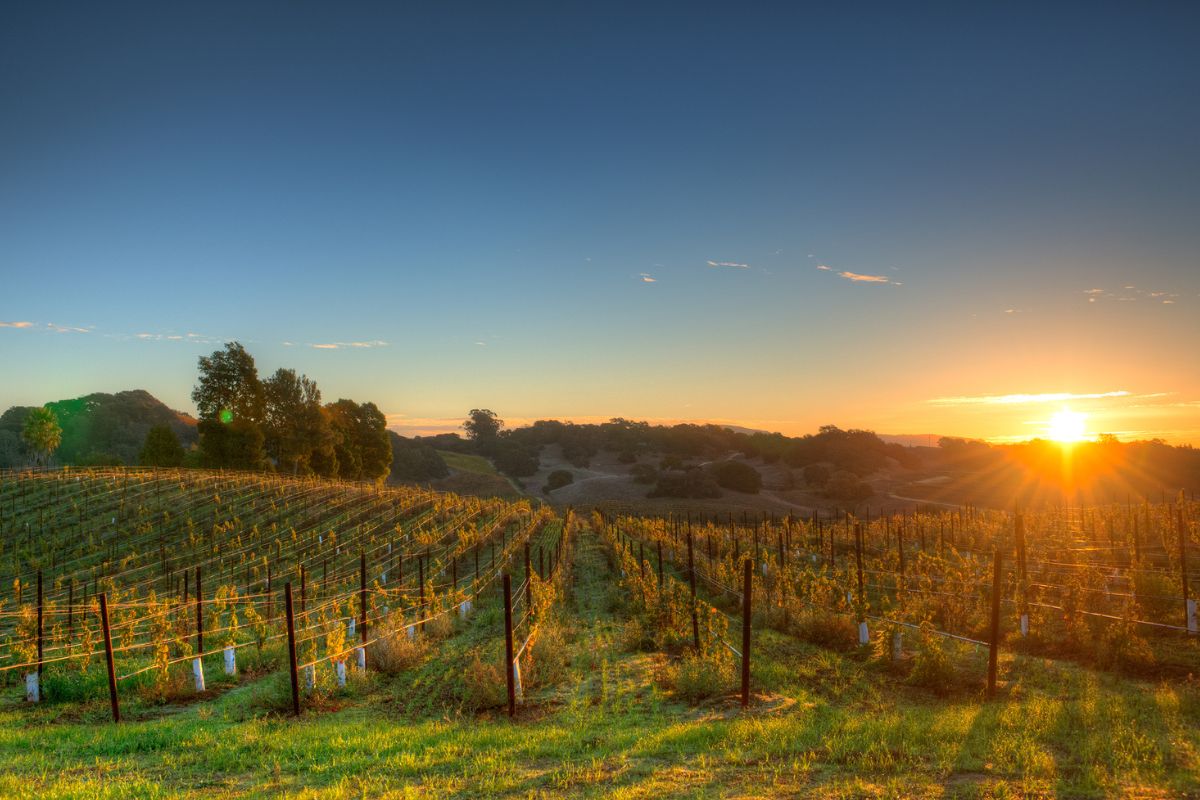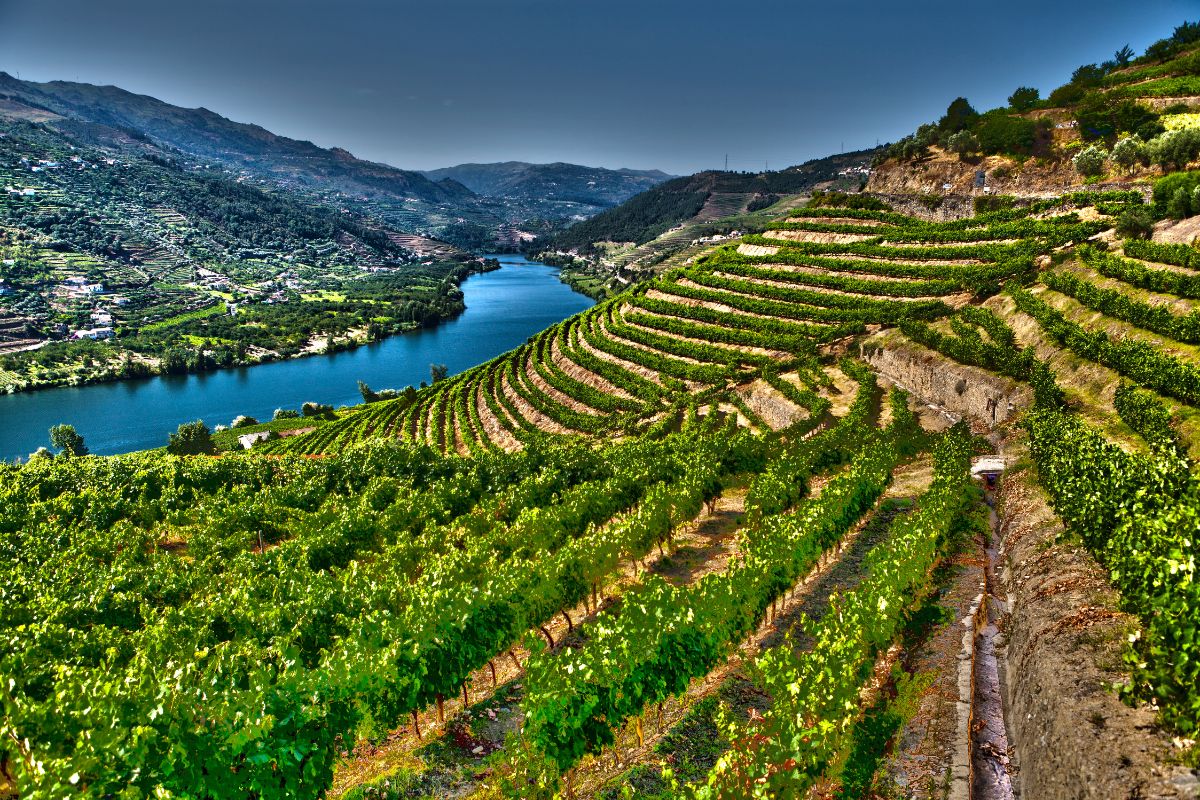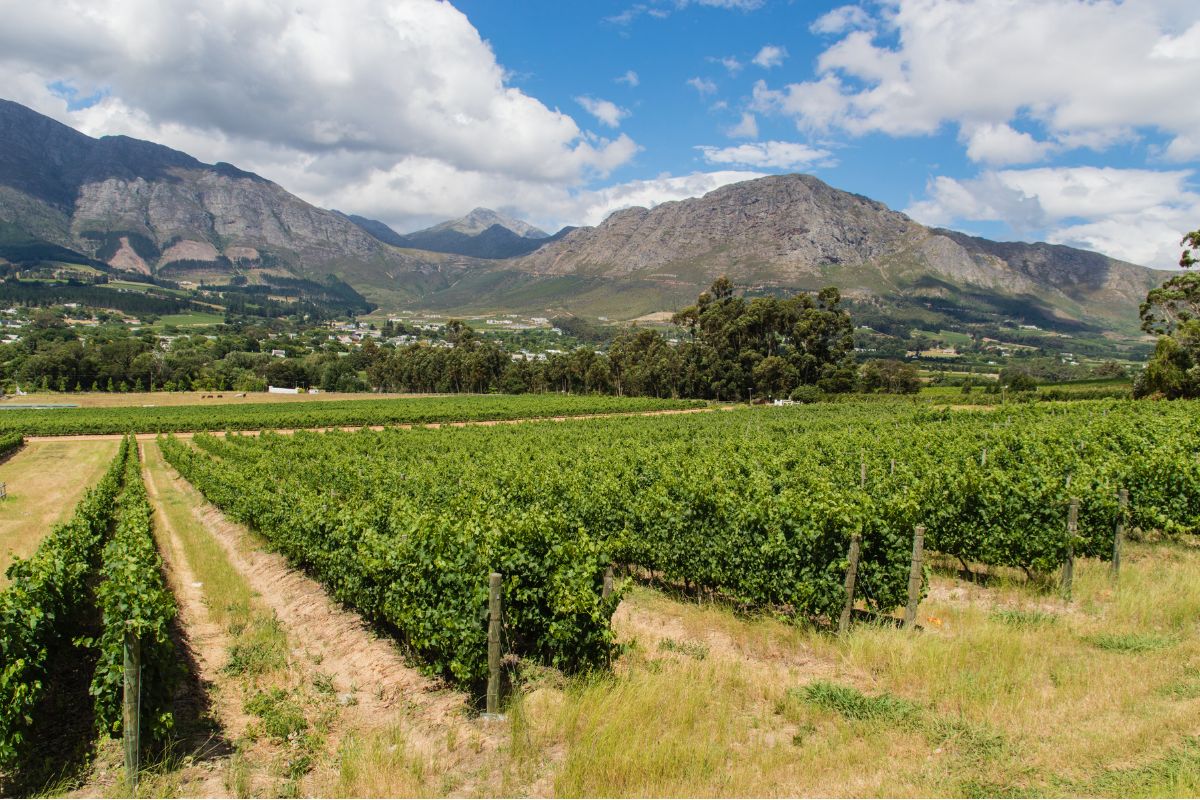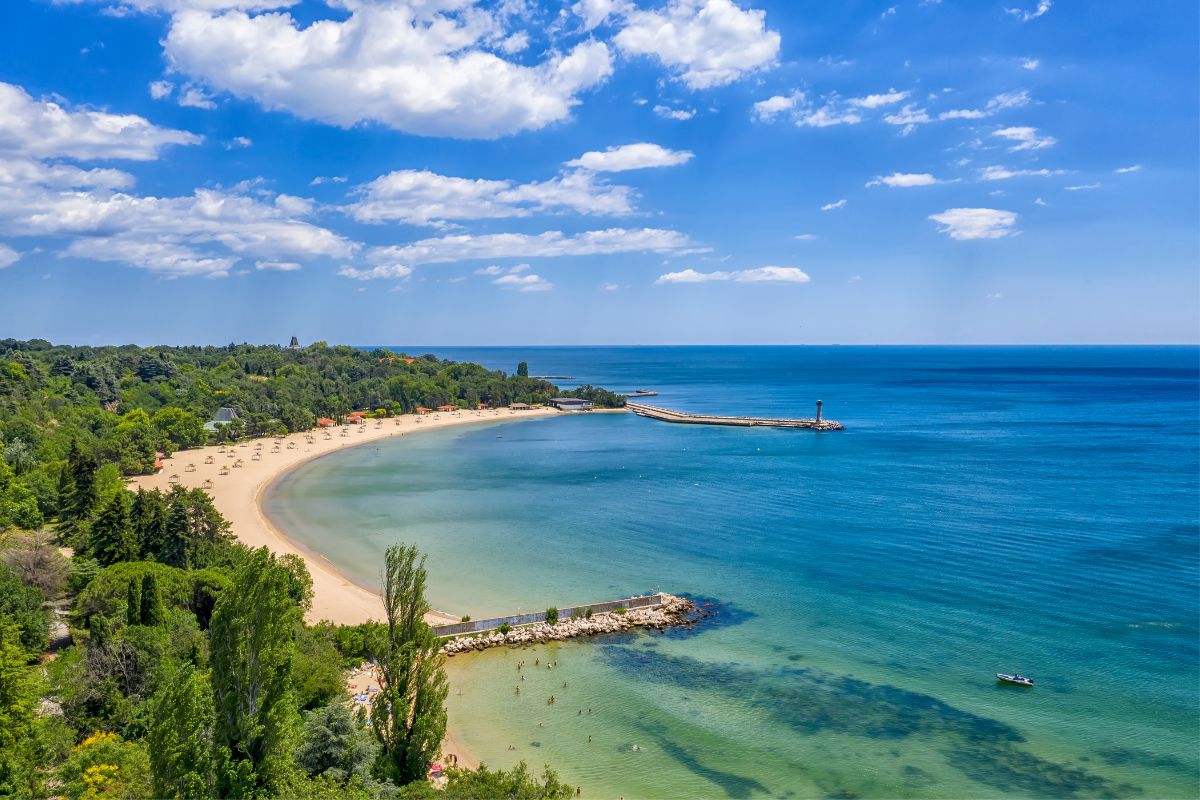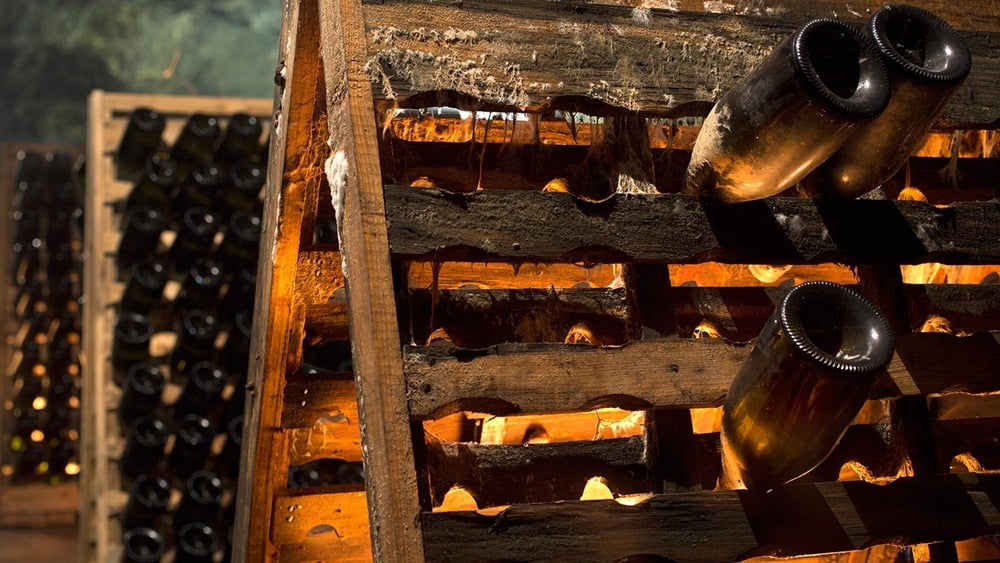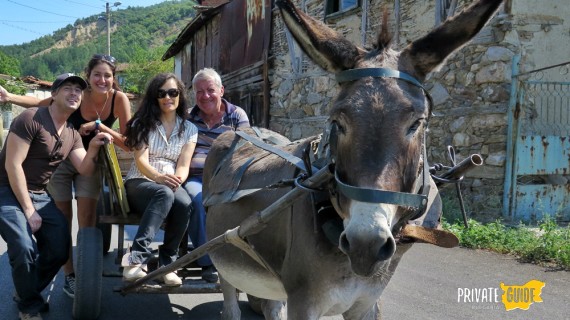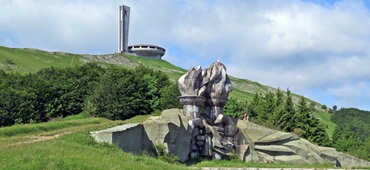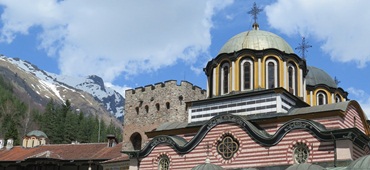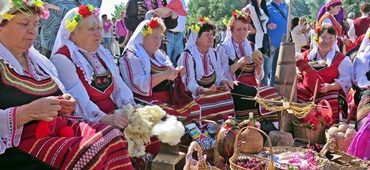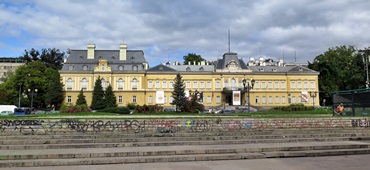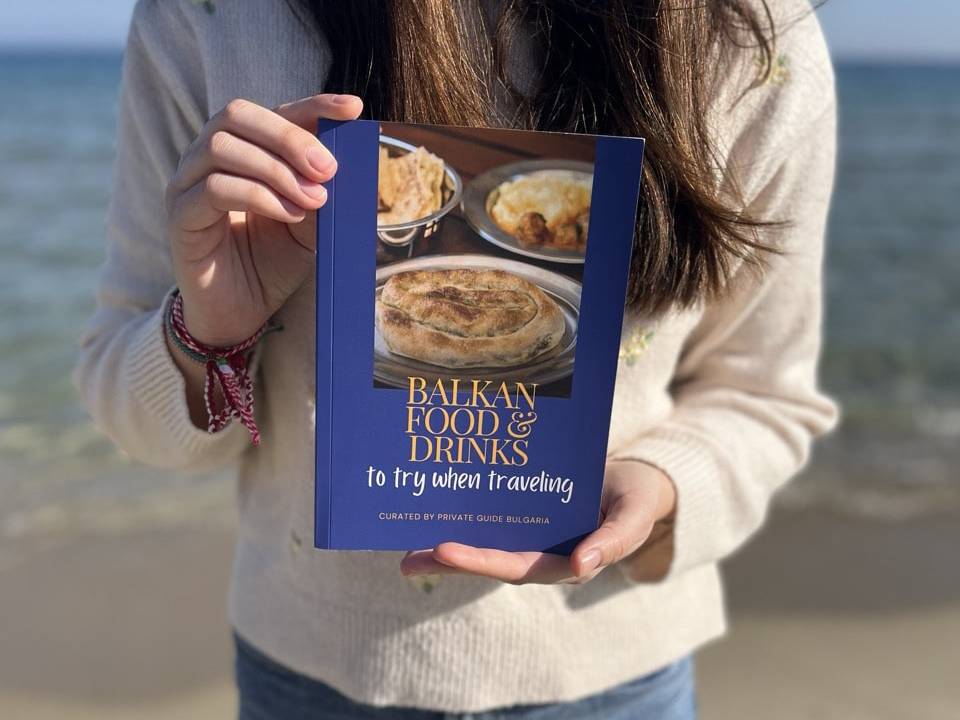Bulgarian Wine: A Guide to Winemaking and Wine Regions in Bulgaria
Bulgaria is one of Europe’s most underrated wine destinations, blending ancient traditions with modern innovations. With over 6,000 years of winemaking history, the country is home to unique indigenous grape varieties, diverse terroirs, and passionate winemakers who are elevating Bulgarian wine onto the global stage.
Also, this year, Plovdiv was chosen as the European wine capital for 2025. How exciting!
In this guide, we’ll explore Bulgaria’s wine regions, its indigenous grape varieties, and what makes its wines distinctive, based on first-hand insights from local winemakers and industry experts.
But we can’t teach you about Bulgarian wines without also teaching you how to say “Cheers” in Bulgarian. So “Nazdrave” and enjoy reading!
The History of Winemaking in Bulgaria from Thracians to Modern Times
Wine production in Bulgaria dates back to the Thracians, an ancient civilization that considered wine a sacred connection to the gods. Archaeological evidence, including vine seeds found in Thracian tombs, proves that the region has cultivated vines for thousands of years. Homer and Herodotus praised Thracian wines, which were often aged in clay amphorae and blended with herbs and honey.
The Romans and Byzantines refined winemaking techniques, but production suffered under Ottoman rule (14th–19th century) when alcohol consumption was restricted. After Bulgaria’s independence in the 19th century, winemaking flourished again.
During the 20th century, Bulgaria became one of the world’s largest wine producers, especially under communist rule, when mass production focused on exports. However, the fall of communism led to a decline in quantity, but a renewed focus on high-quality, terroir-driven wines emerged.
Today, Bulgarian winemakers blend history with innovation, preserving indigenous grapes while adopting modern techniques.
Bulgaria’s Five Wine Regions
Bulgaria is officially divided into five wine regions, each offering distinct grape varieties and wine styles.
1. Thracian Valley – The Heart of Bulgarian Red Wines
📍 Location: Southern Bulgaria, near Plovdiv and the Greek border;
☀️ Climate: Warm, Mediterranean influence;
🍷 Notable Wines: Full-bodied reds, aged wines;
🍇 Key Grapes: Mavrud, Rubin, Syrah, Merlot.
The Thracian Valley is Bulgaria’s most famous wine region, home to Mavrud, a powerful red grape with deep blackberry, leather, and spice notes. Rubin, a local cross between Syrah and Nebbiolo, produces rich, velvety wines.
Archaeological discoveries confirm that this region has been a center for wine production for thousands of years, and even today, some wineries ferment wines in ancient-style clay amphorae, a method similar to Thracian traditions.
Top Wineries:
- Midalidare Estate – A luxury wine resort with spa and fine dining;
- Villa Yustina – A family-owned winery offering exceptional tastings;
- Bessa Valley Winery – A French-inspired winery producing premium reds.
2. Struma Valley (Melnik Region) – Rare and Ancient Wines
📍 Location: Southwestern Bulgaria, near the Greek border;
☀️ Climate: Hot summers, mild winters;
🍷 Notable Wines: Distinct, bold reds;
🍇 Key Grapes: Broad-Leaved Melnik, Shiroka Melnishka, Cabernet Sauvignon.
The Struma Valley, particularly around Melnik, is home to Shiroka Melnishka Loza, an indigenous grape with notes of red fruit, leather, and exotic spice. Winston Churchill was known to order barrels of Melnik wine, praising its unique characteristics.
Myth & Legend: According to folklore, a dragon (zmei) 🐉 once protected these vineyards, linking the mystical past to the region’s winemaking traditions.
Top Wineries:
- Villa Melnik – Known for reviving indigenous grape varieties;
- Orbelus – An organic winery housed in a futuristic barrel-shaped building;
- Zlaten Rozhen – A perfect blend of traditional and modern winemaking.
3. Danubian Plain – Elegance and Freshness
📍 Location: Northern Bulgaria, along the Danube River;
☀️ Climate: Continental, with warm summers and cold winters;
🍷 Notable Wines: Elegant reds and fresh whites;
🍇 Key Grapes: Gamza, Cabernet Sauvignon, Chardonnay, Riesling.
The Danubian Plain produces elegant, fruit-forward reds and crisp whites. The indigenous Gamza grape creates light-bodied, Pinot Noir-like reds with bright cherry and spice notes.
Top Wineries:
- Burgozone Winery – Stunning views of the Danube, producing Gamza and high-end Chardonnay;
- Tsarev Brod – Famous for its orange wine and unique varietals;
- Salla Estate – Known for eco-friendly wines and wine tourism.
4. Rose Valley – Aromatic Whites and Sparkling Wines
📍 Location: Central Bulgaria, between the Balkan and Sredna Gora mountains;
☀️ Climate: Moderate, with cool nights and warm days;
🍷 Notable Wines: Aromatic whites and fresh rosés;
🍇 Key Grapes: Red Misket, Muscat Ottonel, Riesling.
Top Wineries:
- Chateau Copsa – A medieval-style winery specializing in Red Misket;
- Domaine Boyar – Pioneers in Bulgarian sparkling wines;
- Edoardo Miroglio – Italian-owned winery focusing on elegant, refined wines.
5. Black Sea Coast – Fresh and Mineral Whites
📍 Location: Eastern Bulgaria, along the Black Sea;
☀️ Climate: Maritime, with mild winters and cool breezes;
🍷 Notable Wines: Crisp whites, sparkling wines;
🍇 Key Grapes: Dimyat, Sauvignon Blanc, Chardonnay.
Top Wineries:
- Varna Winery – Specialists in high-quality sparkling wines;
- Rossidi Winery – Boutique producer focusing on experimental styles;
- Salla Estate – A coastal winery known for its elegant Sauvignon Blanc.
Bulgaria’s Unique Indigenous Grapes
Bulgaria is home to several native grape varieties found nowhere else in the world.
- Mavrud – A deep, tannic red with flavors of black fruits, chocolate, and oak.
- Rubin – A cross between Syrah and Nebbiolo, known for rich, fruity, and spicy notes.
- Gamza – A light, fruity red, reminiscent of Pinot Noir.
- Red Misket – A rare pink-skinned white grape with honeyed citrus flavors.
- Dimyat – A crisp, aromatic white with floral notes, often compared to Riesling.
- Broad-Leaved Melnik – A bold, spicy red, aged well and reminiscent of Nebbiolo.
Why Bulgarian Wine is Gaining International Recognition
Bulgaria’s wine industry has transformed over the past two decades, shifting from bulk production to premium winemaking. Modern boutique wineries now focus on:
✅ Terroir-driven wines – Emphasizing soil, climate, and altitude.
✅ Organic & biodynamic practices – Many wineries avoid chemical fertilizers and pesticides.
✅ Aging potential – Bulgarian wines, especially reds, have excellent cellaring ability.
✅ Affordability & quality – The country offers high-quality wines at competitive prices.
Internationally, Bulgarian wines are winning prestigious awards, attracting the attention of wine lovers worldwide. It’s no wonder that the European wine capital for 2025 is the country’s second-largest city, Plovdiv.
While drinking wine by itself is a feast enough, Bulgarian wines often pair well with local dishes such as cheverme, kapama, sarma, and more.
Cost of Bulgarian Wines
How Much is a Glass of Wine in Bulgaria
The price of a glass of wine varies depending on the establishment and location.
- In local cafes or casual dining spots, a glass of wine typically costs between 3 to 5 Bulgarian Lev (BGN), approximately 1.50 to 2.50 EUR or 1.70 to 2.80 USD.
- In upscale restaurants or tourist areas, prices can be higher, ranging from 6 to 10 BGN, about 3 to 5 EUR, or 3.40 to 5.60 USD.
How Much is a Bottle of Wine in Bulgaria
- For a bottle of wine purchased in a supermarket, the average cost is around 8 BGN, equivalent to approximately 4 EUR or 4.50 USD. However, prices can vary based on the wine’s quality and origin.
- In restaurants, a bottle of wine is generally priced higher, often in the range of 20 BGN up to 100 BGN (10 – 50 EUR or 11 – 55 USD) and can go up significantly depending on the establishment and the wine selection.
Wine Tourism in Bulgaria
Bulgaria is becoming a top wine tourism destination, offering vineyard tours, tastings, and festivals.
🥂 Melnik Wine Region – Famous for its centuries-old wine cellars carved into sandstone cliffs.
🍷 Plovdiv Wine Tours – Explore boutique wineries in the European wine capital for 2025.
🌊 Black Sea Wine Route – Discover fresh, sea-influenced white wines.
📌 Travel Tip: A new wine tourism map was introduced in Northeast Bulgaria, helping visitors plan self-guided winery tours.


